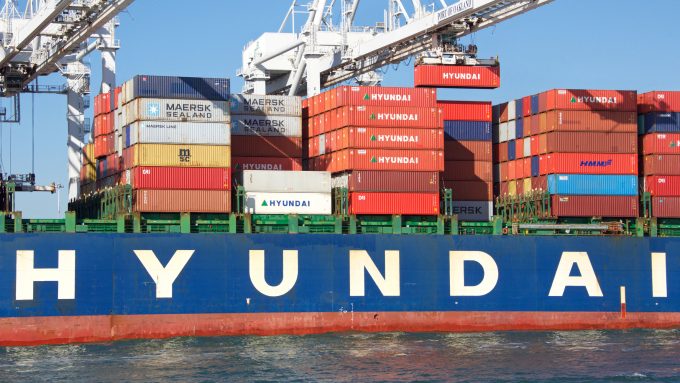South Korea's LX Pantos acquires logistics hub in US
South Korean 3PL LX Pantos said yesterday it had teamed with state-backed maritime financial institution ...

South Korean ocean carrier Hyundai Merchant Marine (HMM) has prepared an ambitious blueprint for expansion, aiming to double its current capacity over the next four years.
The bullish message to staff from HMM’s chief executive, CK Yoo, last week reinforced the South Korean government’s determination to do ...

Comment on this article